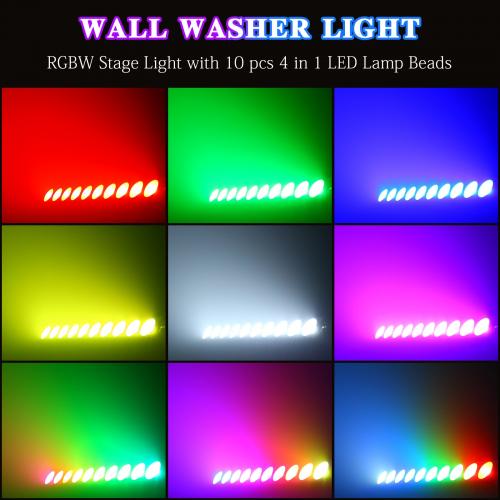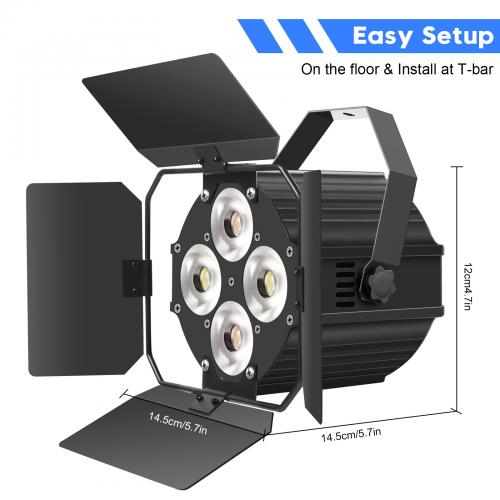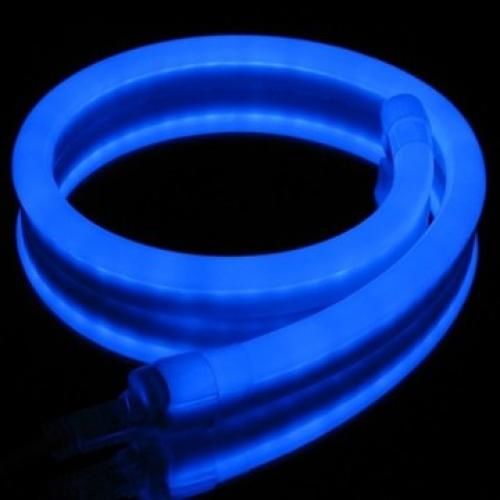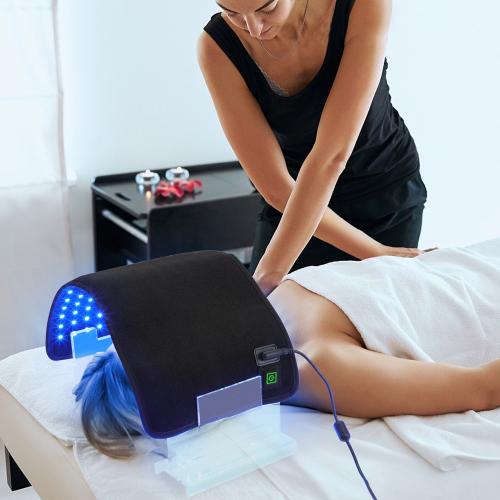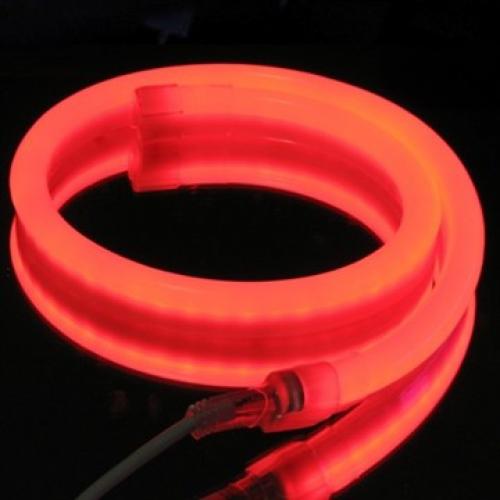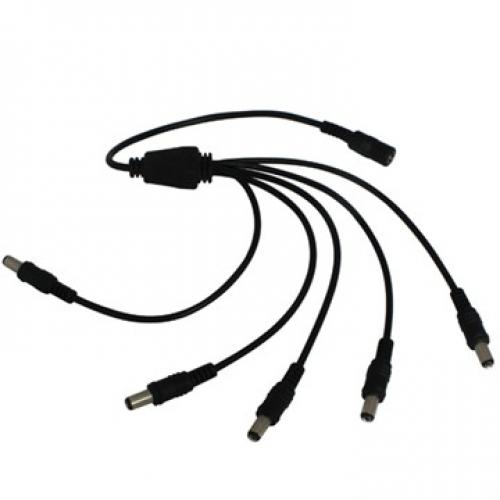What is the best red light to use?
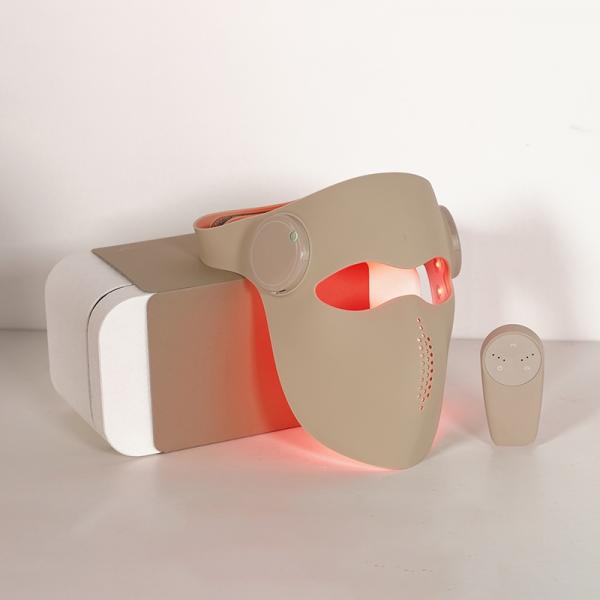
When it comes to selecting the best red light for various applications, it’s crucial to understand the different contexts in which red light is used and the specific demands associated with each. Red light can serve multiple purposes, ranging from therapeutic benefits in red light therapy to practical applications in photography, signaling, and even interior design. Each of these uses has its own set of requirements and ideal characteristics that define what makes a red light "the best" for that particular intention.
In the realm of red light therapy, the best red light is often defined by its wavelength and intensity. Red light therapy, also known as photobiomodulation, utilizes specific wavelengths of red and near-infrared light to penetrate the skin and promote healing and regeneration at the cellular level. Typically, wavelengths between 630 to 680 nanometers (nm) and 800 to 880 nm are considered optimal for therapeutic purposes. These wavelengths are known to effectively stimulate cellular processes, enhance blood circulation, and reduce inflammation. Therefore, when choosing a red light device for therapy, it's essential to look for products that specify these wavelengths. Additionally, the intensity of the light, measured in milliwatts per square centimeter (mW/cm²), should be sufficient to ensure deep tissue penetration but not so intense as to cause discomfort or potential harm.
For photography, red light is often used in darkrooms due to its low-intensity and non-intrusive nature, which is crucial for developing photographs without exposing the photo paper to more light than necessary. In this context, the best red light is one that provides a stable, consistent glow that does not fluctuate or flicker, as this could affect the developing process. The light should also be filtered to ensure it only emits wavelengths that are safe for photo development, usually around 640 nm. This ensures that the light does not interfere with the chemicals used in the development process, preserving the quality of the photographs.
In signaling applications, such as traffic lights and emergency signals, the best red light is one that is highly visible even in adverse weather conditions. This generally means using LEDs that are designed to emit bright, clear red light, often enhanced with lenses or reflectors to increase visibility. Durability and energy efficiency are also key considerations, as these lights need to operate continuously and withstand environmental stressors. The wavelength for these applications typically falls around 620 to 750 nm, which is easily detectable by the human eye and effective in capturing attention.
Interior design applications may prioritize aesthetic appeal over technical specifications. In this context, the best red light would be one that complements the existing decor and creates the desired ambiance. This could involve using red LED strips or bulbs that offer adjustable brightness and color temperature to suit different moods and settings. The flexibility to control these parameters allows for a versatile lighting solution that can adapt to various design themes and personal preferences.
Understanding the specific needs and contexts of red light applications is crucial for making informed choices. Each application has unique demands that determine what constitutes the "best" red light. Whether for therapeutic, photographic, signaling, or aesthetic purposes, selecting the right red light involves considering factors such as wavelength, intensity, visibility, durability, and aesthetic compatibility.
In practical terms, those interested in red light therapy should prioritize devices that clearly specify their wavelength range and intensity, ensuring they align with the therapeutic benefits they seek. For photography enthusiasts, investing in a stable and well-filtered red light source is essential for maintaining the integrity of the developing process. Signal lights require a focus on visibility and reliability, while interior design applications offer more flexibility, allowing for creative expression through lighting choices.
Ultimately, the best red light is one that meets the specific requirements of its intended use, providing the desired benefits or effects efficiently and effectively. By understanding these nuances, consumers can make more informed decisions and optimize their use of red light across various applications.

 Afrikaans
Afrikaans Čeština
Čeština Dansk
Dansk Deutsch
Deutsch Español
Español Francais
Francais Italiano
Italiano Magyar
Magyar Nederlands
Nederlands Norsk
Norsk Polski
Polski Português
Português Română
Română Slovák
Slovák Suomi
Suomi Svenska
Svenska Tiếng Việt
Tiếng Việt Türk dili
Türk dili Ελλάδα
Ελλάδα Русский
Русский اللغة العربية
اللغة العربية แบบไทย
แบบไทย 中文繁體
中文繁體 日本語
日本語 한국인
한국인
